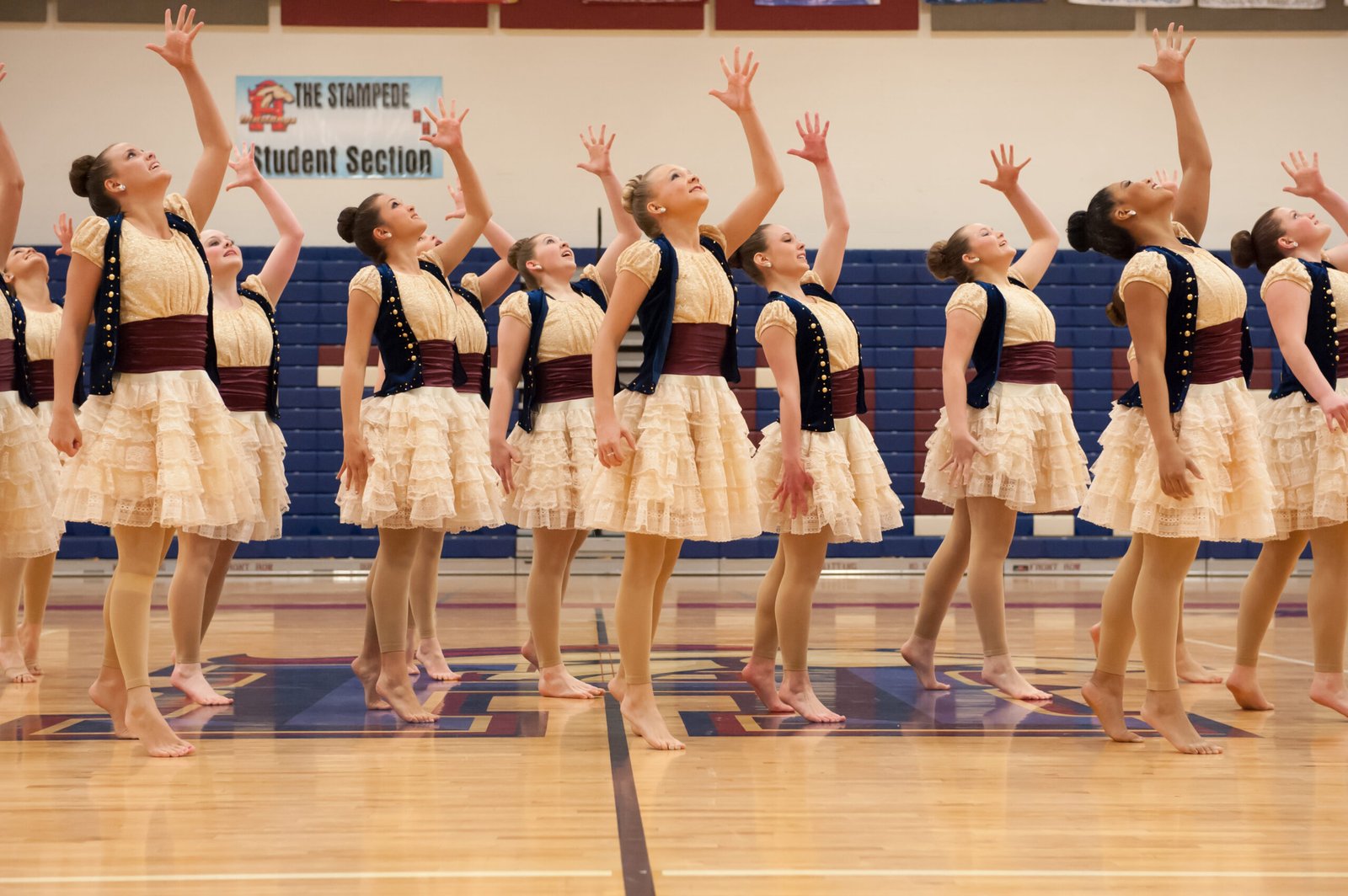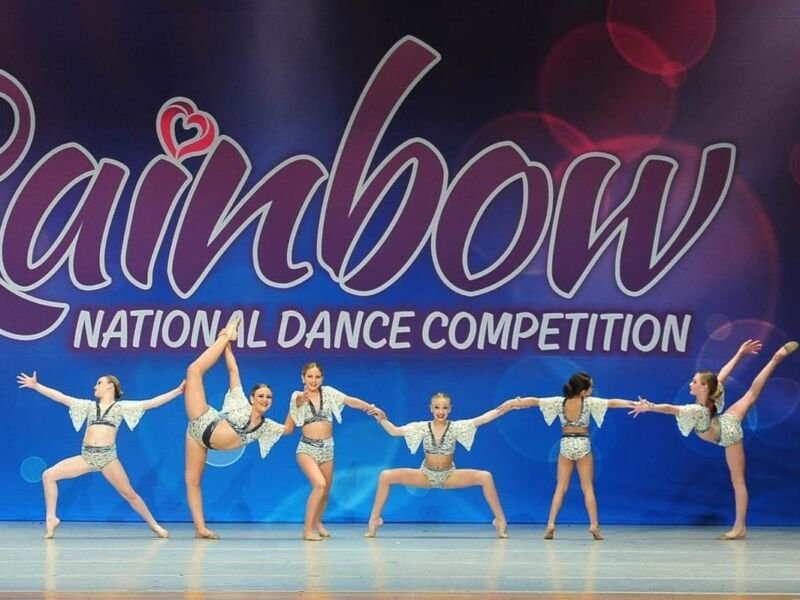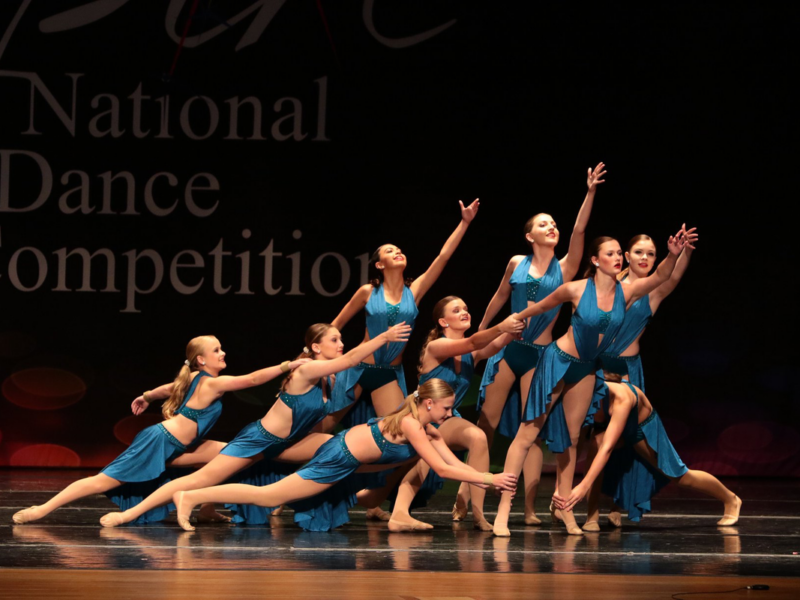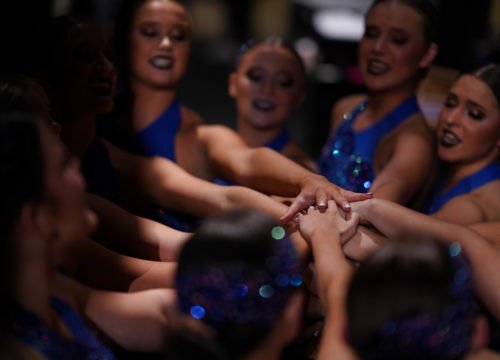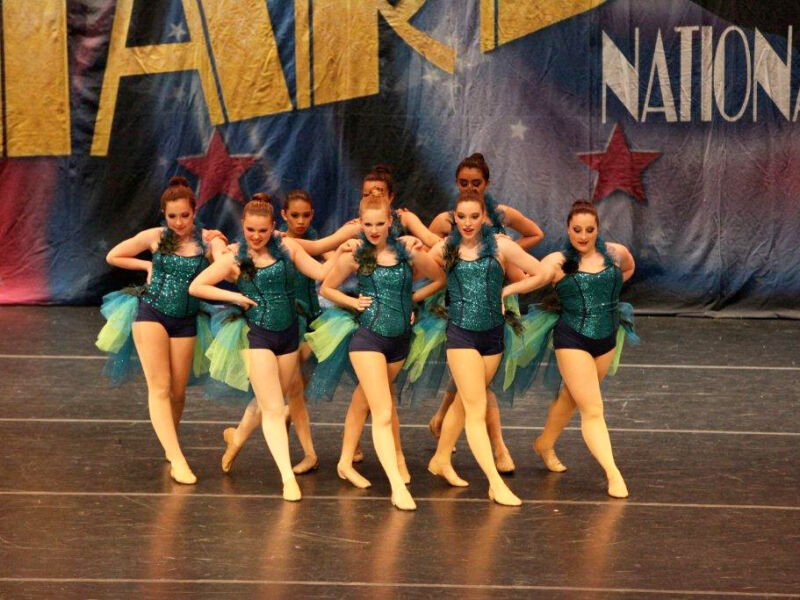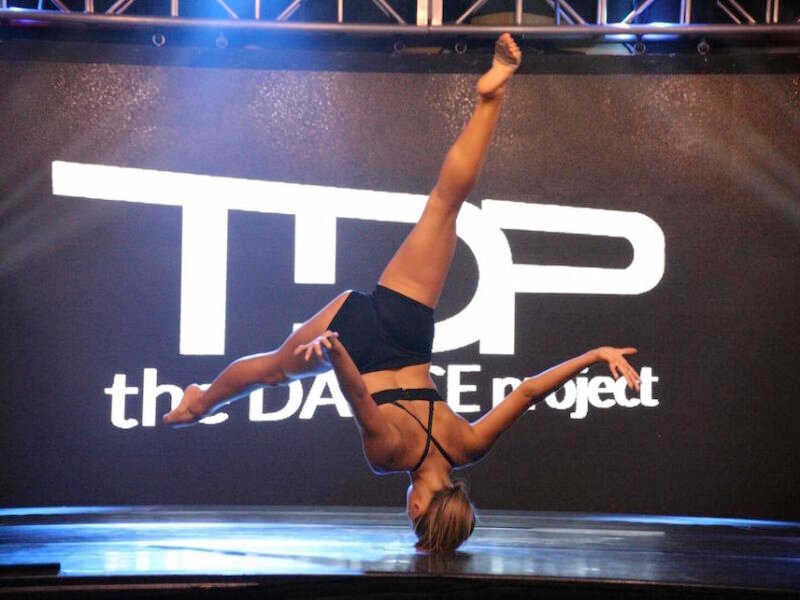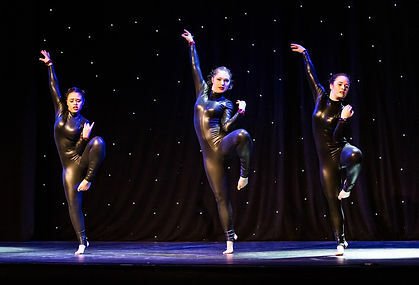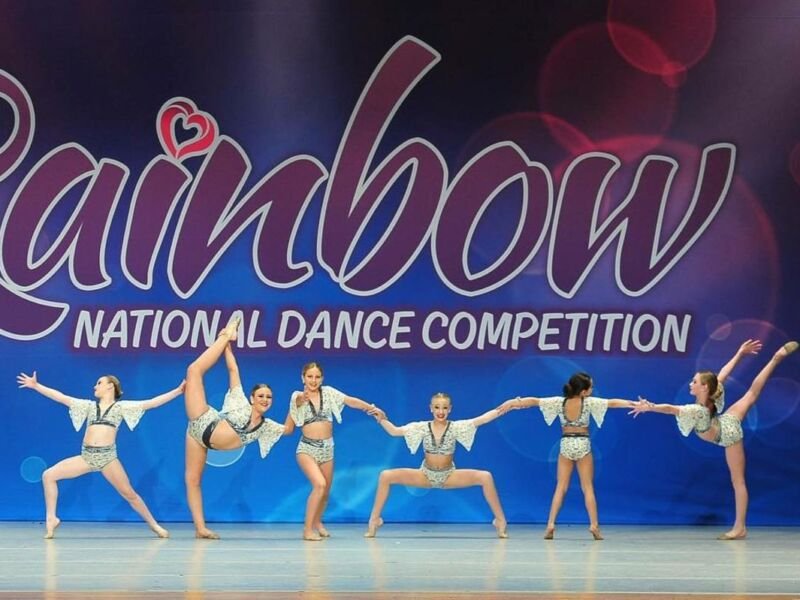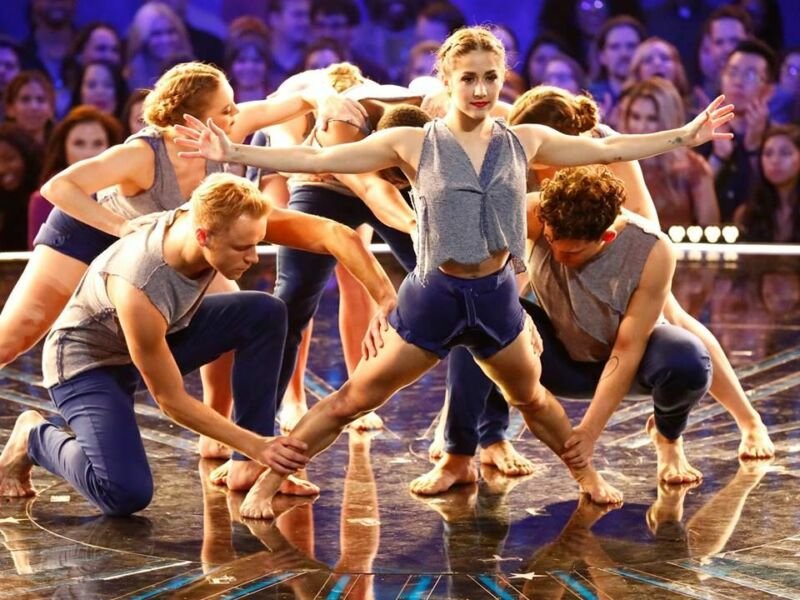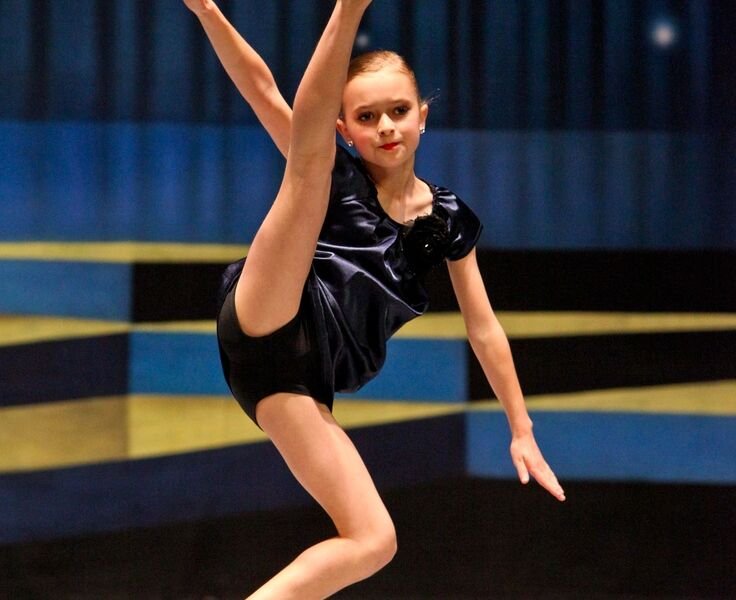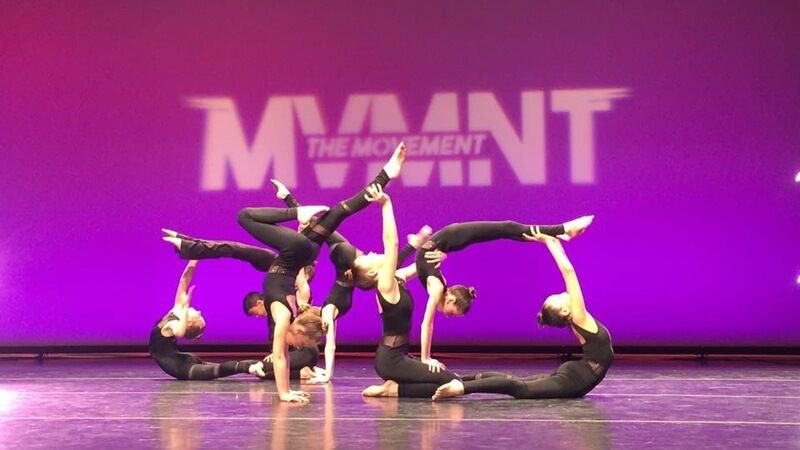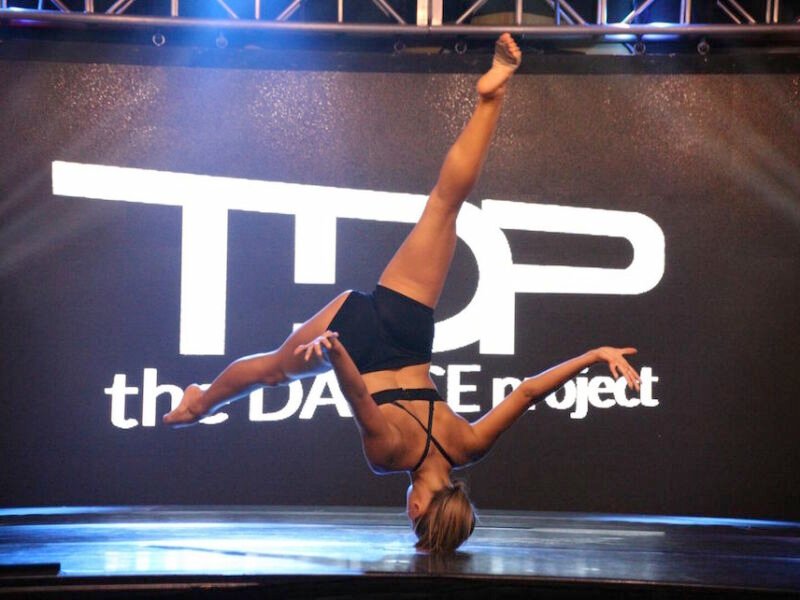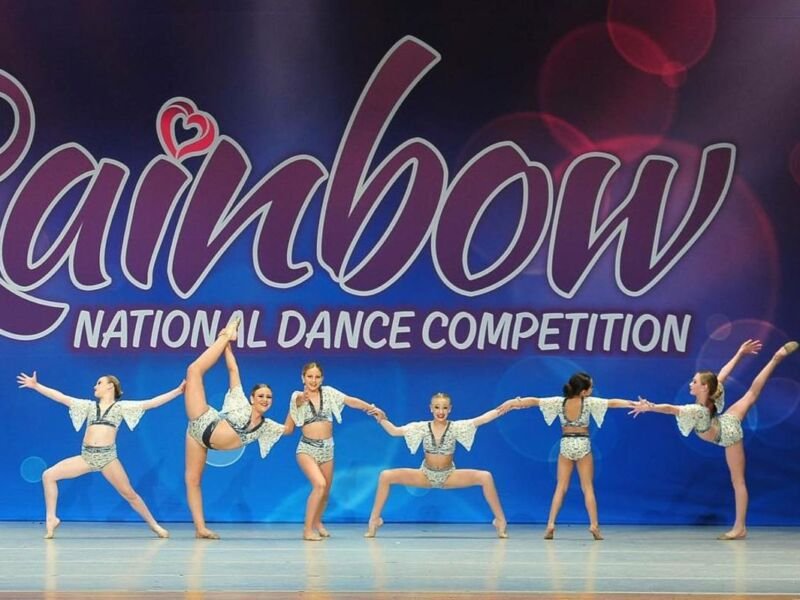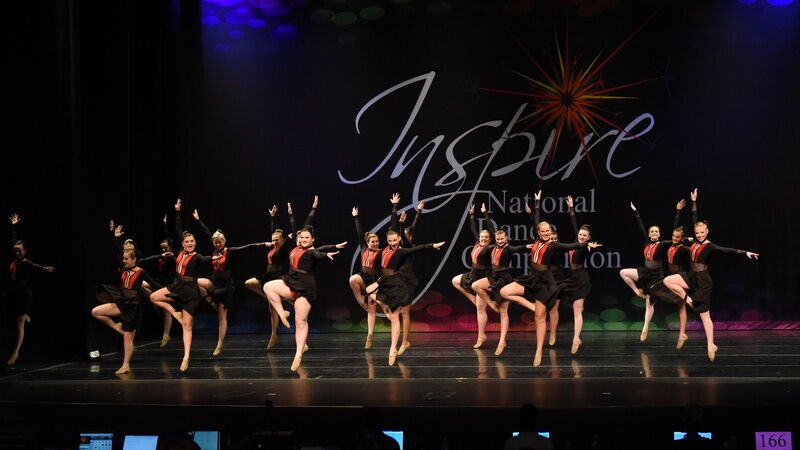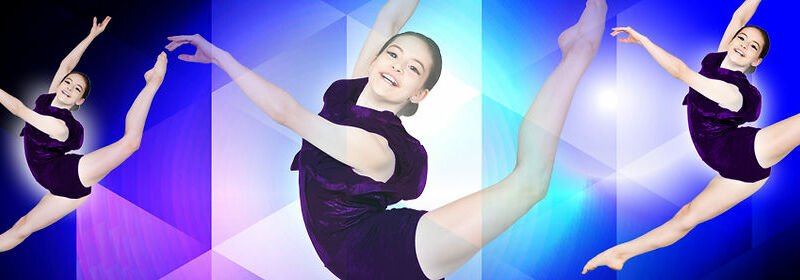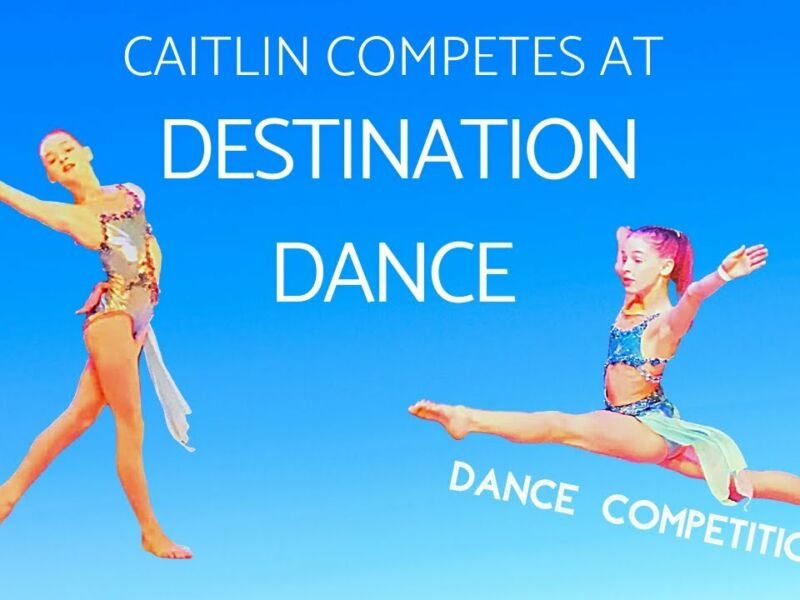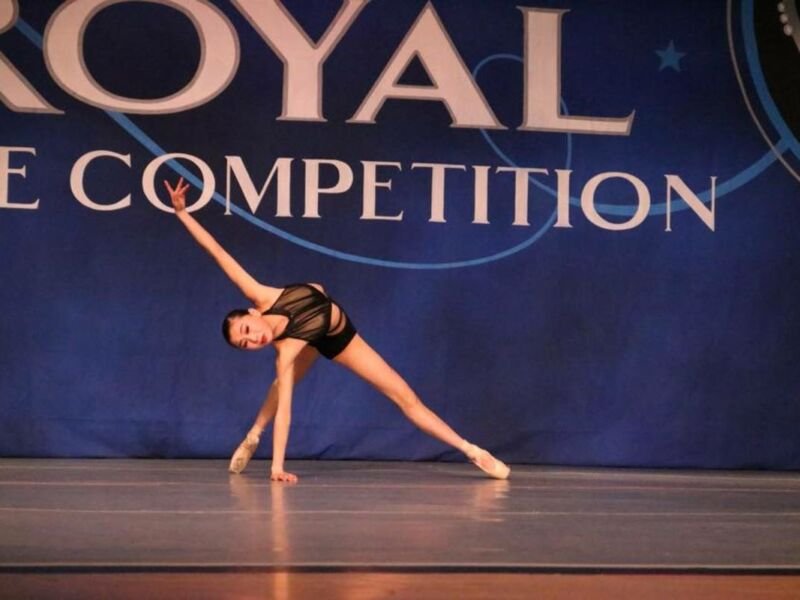
Introduction
Dance competitions are an integral part of the dance industry, providing dancers with the opportunity to showcase their skills and receive valuable feedback from judges. Behind the scenes, judges play a critical role in evaluating performances and selecting winners. In this article, we will dive into what judges look for in dance competitions, examining various aspects such as performance quality, technique, musicality, choreography, and expression. Let’s explore the key elements judges consider when assessing dancers’ performances.
Performance Quality
The overall performance quality is a crucial factor that judges take into account during dance competitions. Judges look for dancers who captivate the audience and maintain a strong stage presence. They assess the dancers’ ability to connect with the audience emotionally and deliver a compelling performance. Factors such as energy, charisma, confidence, and stage awareness contribute to the overall performance quality and can greatly influence the judges’ evaluation.
Technique
High-level technique is another essential criterion judges consider when evaluating dance performances. They assess dancers’ technical proficiency, including their execution of various dance elements such as turns, jumps, extensions, and flexibility. Judges look for dancers who demonstrate precise and controlled movements, exhibit proper alignment and posture, and exhibit mastery over their dance styles. Exceptional technique showcases the dancers’ dedication and training, and it greatly contributes to the overall impression a dancer makes on the judges.

Musicality
Musicality refers to a dancer’s ability to interpret and synchronize their movements with the music. Judges pay close attention to the dancers’ timing, rhythm, and musical interpretation. They assess how well the dancers understand the music and whether they effectively convey the emotions and dynamics of the piece through their movements. Dancers who showcase excellent musicality demonstrate a strong connection with the music, enhancing the overall impact of their performance.
Choreography
The choreography of a dance piece plays a significant role in the judges’ evaluation process. Judges analyze the creativity, originality, and complexity of the choreography. They look for innovative movement sequences, interesting formations, dynamic group interactions, and seamless transitions. Dancers who perform well-choreographed routines are more likely to catch the judges’ attention and leave a lasting impression.
Expression
Expression and artistry are vital components of dance performances. Judges assess how well dancers convey the story or emotions behind their routines. They look for genuine and authentic expressions that resonate with the audience. Judges pay attention to facial expressions, body language, and the overall emotional connection the dancers establish with their audience. Dancers who effectively communicate their intent and evoke emotions through their performances stand out and have a higher chance of receiving favorable scores from the judges.
Adaptability
Judges also take note of dancers’ adaptability and versatility during competitions. They consider dancers’ ability to perform different dance styles and adapt to various choreographic styles and demands. Dancers who exhibit versatility and adaptability showcase their versatility and adaptability in the face of different challenges and opportunities, leading to positive reviews from the judges.
Evaluation Process
The evaluation process employed by judges may vary depending on the competition and its specific guidelines. Judges often utilize a scoring system to assess dancers’ performances based on predefined criteria. They assign scores for each category, such as technique, performance quality, musicality, choreography, and expression. The scores are then compiled and used to rank the dancers or determine winners in different categories or age groups.
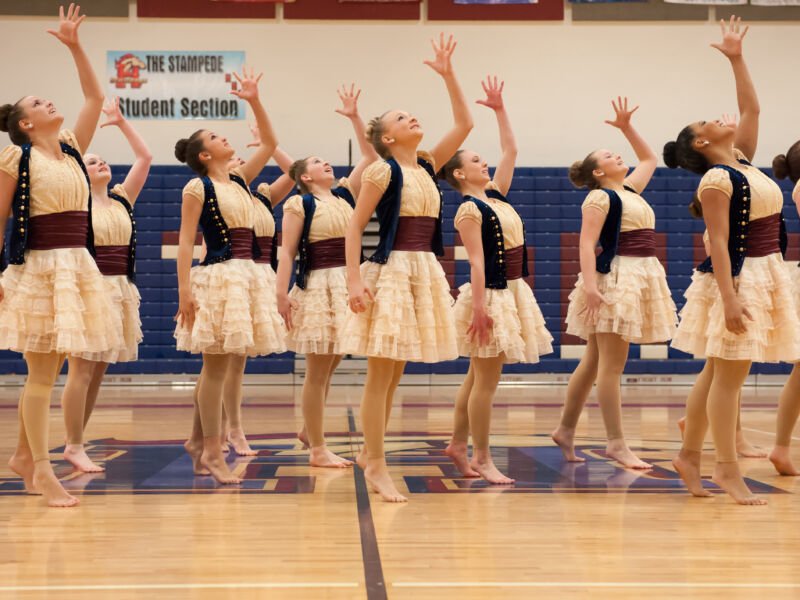
Conclusion
Judges play a critical role in dance competitions, evaluating performances and selecting winners based on various criteria. From performance quality and technique to musicality, choreography, expression, and adaptability, judges consider multiple factors when assessing dancers’ performances. By understanding what judges look for in dance competitions, dancers can better prepare themselves to showcase their skills and leave a lasting impression. Dancing is not just about winning; it is about self-expression, growth, and passion for the art form.
